Project of light reconnaissance tank MAN / MIAG VK 1602 Leopard (Germany)
The aim of the new project was to develop two variants of the required machine, from which it was planned to choose the most fully compliant with the requirements. The projects of both development companies received the same designation VK 1602, as well as the additional name Leopard. Interestingly, it was one of the first cases of assigning a “cat” name to the project. The development of projects was required to be completed by the fall of 1942, when the military planned to explore two tanks and select the winner of the competition.
In accordance with customer requirements, the new light tank VK 1602 was to be based on the design of the VK 1601 armored vehicle of a similar class. The company "Daimler-Benz", having studied the existing capabilities and requirements for the project, decided to develop a tank from scratch, without using the developments on the existing armored vehicle. The specialists of the company MAN, in turn, decided to create a tank "Leopard" with a wide use of existing ideas. In fact, their project was supposed to be a deep modernization of VK 1601 using a number of ideas aimed at changing the characteristics in accordance with the requirements.
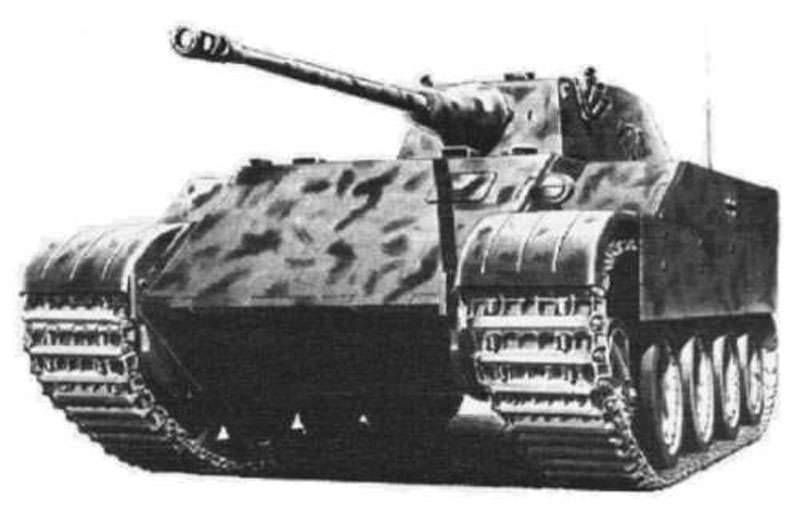
Photo montage depicting a car with a casing from MAN / MIAG and a chassis from Daimler-Benz. Figure Aviarmor.net
The MAN design office began work on a new project no later than the last months of 1941. It managed to form the overall look of the new tank and begin developing a technical project. However, at the beginning of 1942, work was discontinued. At this time, the company MAN was engaged in the development of a new tank Panther, because of what the command decided to release it from other projects. Further work on the Leopard tank was carried out by the company MIAG. Transferring a project to another design bureau may cause some confusion.
It is noteworthy that the parallel development of "Leopard" and "Panther" in the future could lead to an interesting "collaboration". It was planned that the new reconnaissance tanks would be used in some divisions with other types of armored vehicles, where they would perform the tasks of searching for targets and issuing target designation.
The new light tank was supposed to be based on the existing design, but at the same time it was proposed to implement several new design ideas. As a result, the MAN / MIAG VK 1602 reconnaissance tank was supposed to differ from both the Daimler-Benz design of the same name and the VK 1601 base VK. A new armored hull was developed, and the existing chassis and weapon systems were reprocessed. According to some information, two variants of a reconnaissance tank were offered with some differences. Due to the difference in design, one tank had to have a combat mass of 18 t, the second - 26 t. According to some data, the development of a lighter machine was eventually abandoned, continuing to create a tank weighing 26 t.
A new armored hull with a higher level of protection was proposed. The body was planned to be welded from armor plates of different thickness. The thickest 50-mm (according to other data, 80-mm) sheet was used to protect the forehead. Boards and stern should have been made from parts with a thickness of 30 mm. The roof and the bottom got the thickness 20 mm. Unlike competitors, MAN decided not to use a layout that was not standard for German tanks. Like other cars of that time, the Leopard tank had to get the front transmission compartment, behind which the control compartment was located. The fighting compartment was located in the center, and the engine was placed in the stern.
In order to increase the level of protection it was proposed to manufacture the body using so-called. rational booking angles, implying the installation of sheets tilted to the vertical. The front part of the hull was formed by two inclined armor plates and vertical sides. The middle and aft parts of the hull received a more complex structure. The lower part of the body retained the width of the front, while the upper part was made in the form of a unit of complex shape with sides slanted inwards and aft aside, as well as a horizontal roof. Due to this, it was possible to turn the fences in the relatively large niches suitable for accommodating the necessary components and assemblies.
According to reports, it was proposed to install the Maybach HL 157 carburetor engine 550 hp in the rear part of the hull. The layout of the power plant and transmission, traditional for German tanks, was used, in which the gearbox and other units were placed in front of the hull and connected to the engine using a cardan shaft, passing under the floor of the fighting compartment.
The undercarriage of the MAN / MIAG VK 1602 tank was the reworked aggregates of the existing VK 1601 machine. The overall layout was retained, but the design of certain parts has changed. It was still planned to use five road wheels with an individual suspension on each side, placed in a staggered pattern. At the same time, it was proposed to abandon the spoke rollers in favor of a solid construction with higher strength. In front of the hull drive wheels were fixed, in the stern - guides. In the middle and rear parts, the upper branch of the caterpillar was covered from above by the side niches of the hull. The front part, in turn, was covered from above by relatively short, curved wings.
On the roof of the case was to be located tower with weapons. The turret protection was provided by a sloping front sheet 50 mm thick, 30 mm inclined stern and curved sides of the same thickness. Above, there was a horizontal roof. To protect the gun and its installation, the tank received a cast mask like Saukopf.
The basic one weapons The Leopard tank from MAN / MIAG was supposed to be an 5 cm KwK 39 L / 60 X-gun caliber of 50 mm with a barrel-length 60 caliber. Such a weapon could use various types of ammunition. When using the most effective armor-piercing shells from a distance of 100, a tank could hit objects with protection up to 130 mm of homogeneous armor. With increasing distance armor penetration fell. It was also possible to attack manpower and enemy targets using fragmentation shells.
As an additional weapon, the MG 34 machine gun of 7,92 mm caliber, paired with a gun, was proposed. In front of the sides of the tower could be mounted two units with three smoke grenade launchers on each. The machine gun was not provided for the radio operator. If necessary, the crew could use personal small arms and hand grenades.
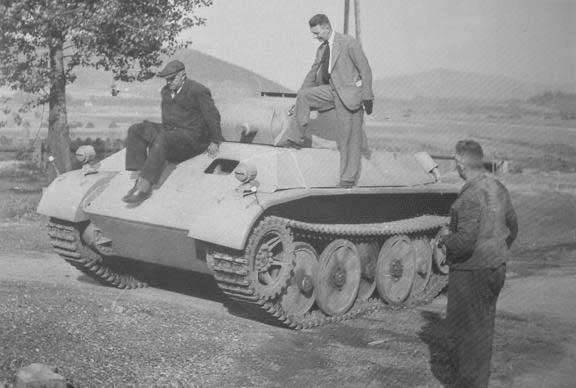
One of the controversial images of the prototype. Photo Aviarmor.net
The crew of the tank VK 1602 was to consist of four people: the driver, radio operator, gunner-commander and loader. The driver and radio operator seats were located in the front of the hull, in the control room. For access to their seats, these tankers had to use two hatches in the roof. In front of the hatches in the roof were periscope viewing devices. In addition, the driver could follow the road with the front door hatch. In the vertical sides of the front of the case there were also small hatches.
The commander and loader were placed in the tower. At their disposal were two hatches in the roof, as well as a set of viewing devices installed on the hatches and the roof of the tower.
One of the main tasks of the new tank was reconnaissance with the transfer of data about the detected objects. To do this, the radio operator should have a radio station of one of the existing types. A characteristic feature of the tank MAN / MIAG VK 1602 Leopard was to be a pan-type antenna installed in the rear of the hull. A whip antenna was also mounted on the stern of the tower.
The new tank should have a combat weight of 26 t with a hull length of 5,2 m, a width of 3,1 m (width of the lower part of the hull - 1,65 m) and a height of no more than 2,7-2,9 m. Due to the relatively powerful engine, the tank could reach speeds of up to 55-60 km / h and have a cruising range of 250-300 km / h. The mobility characteristics made it possible both to accompany other tanks of the German army and to act independently.
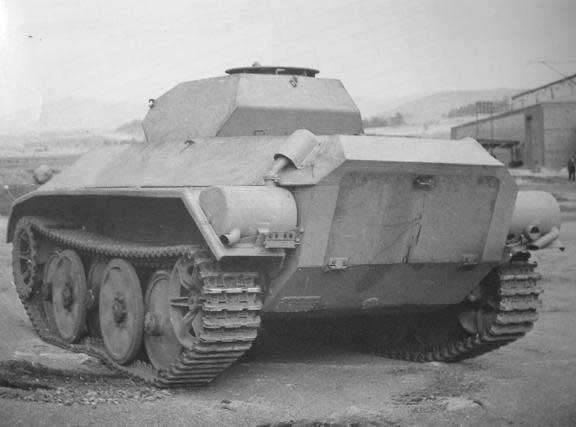
Stern portion of the prototype. Photo Aviarmor.net
In early June 1942, the company MIAG showed a new project to the customer. It was after this demonstration of the project, it was decided to finally abandon the 18-ton version of the tank. There was also a proposal to a certain extent to increase the level of protection of the machine in order to ensure full-fledged work in the same order with Panther tanks. Complete all the necessary work was planned for the spring of next year. In April, the 43-th should have released the first serial MAN / MIAG VK 1602, and after a few months, go to the assembly rate in 20 machines per month. In total, 1943 had to build 150 new tanks.
In October, the 1942 of the year, the military expressed a desire to get a lighter version of a reconnaissance tank with a combat mass of no more than 18 t, which made it possible to significantly increase its effectiveness. Such a proposal has become a cause of controversy. Not everyone agreed with the required processing of the project. Moreover, ideas emerged that implied a complete abandonment of Leopard with the transfer of the intelligence function to Panther. In favor of such a proposal, arguments were made in the form of a lower level of protection and firepower of the VK 1602 tank.
According to the results of discussions, the VK 1602 project was not abandoned, however, it was decided to recycle this tank. In accordance with the updated requirements, the combat mass should have been reduced to 21,9 t, and also should be reduced in size. The length was reduced to 4,75 m, height - to 2,6 m. In this case, the tank was supposed to keep the existing powerplant and armament.
Design work, the purpose of which was to bring the tank in line with the new technical task, continued until the end of 1942. By this time, the command had time to become disillusioned with the project, which resulted in the refusal to continue work. 3 January 1943, the development of the reconnaissance tank VK 1602 officially stopped. The reason for this was the inadequate characteristics of protection and firepower, unjustifiably low even for a light reconnaissance tank.
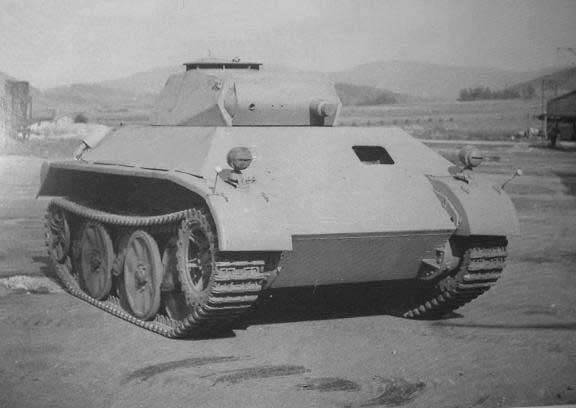
VK 1602 prototype (or experimental modification of Luchs) with a tower from Pz.Kpfw.II. Photo Aviarmor.net
According to some reports, by the beginning of the autumn 1942, the company MIAG built the first prototype of the VK tank 1602 and even brought it to the test. Due to the lack of a new type of ready-made turret, as well as the need for its use on this site, the first tests of the prototype were carried out with an imitator in the form of a turret of a serial Pz.Kpfw.II tank. Such an experienced chassis showed acceptable performance, and also allowed to identify shortcomings requiring modifications of the project.
After testing and the closure of the project, the only prototype of the reconnaissance armored vehicle was disassembled as superfluous. Other experienced tanks of the new model were not built and were not tested due to the lack of such necessity. The experienced “Leopard” from MAN / MIAG has been preserved only in a few photos taken during the tests. In addition, a photomontage depicting the “hybrid” of two VK 1602 tanks is known. The car created by the artist unites the body of the car from MAN / MIAG with the chassis from the Daimler-Benz project.
Nevertheless, some sources disprove the existence of an experienced MAN / MIAG VK 1602 Leopard tank. They argue that the prototype was not built and did not go to the landfill. The photographs, in turn, captured an experimental model of a light reconnaissance tank Pz.Kpfw.II Ausf.L Luchs with a new Tatra diesel engine. A similar sample, like the "Leopard" did not go into the series, although he was able to reach the landfill.
It should be noted that both available versions of the latest stages of the VK 1602 project have the right to life and can find some or other evidence. So, the prototype depicted in the preserved photos looks more like a VK 1602 tank than Luchs. However, it differs from the existing drawings of the MAN / MIAG Leopard machine, and even resembles the competing design of Daimler-Benz with some design features.
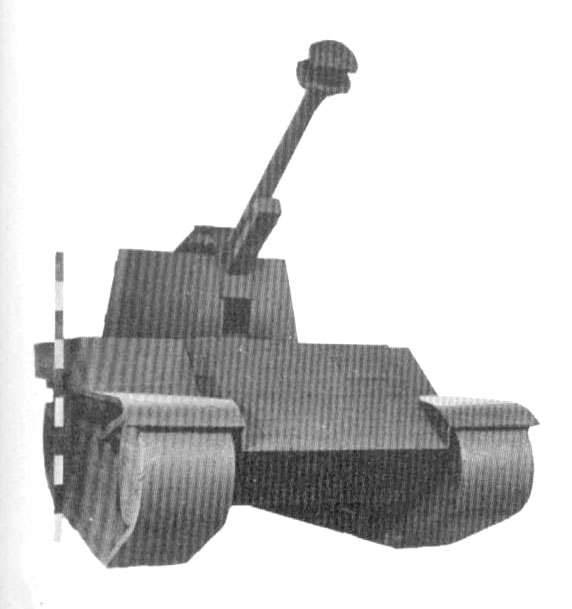
Model of ACS based on MAN / MIAG VK 1602 Leopard. Photo Ost-front.ru
To establish the truth, for obvious reasons, is not possible. Worthy documentary evidence of a particular version is simply absent, which leaves a lot of questions and does not allow to know the actual state of affairs at the later stages of project development. Perhaps in the future, historians will still be able to prove or disprove the existence of an experienced VK 1602.
With confidence, we can only talk about the existence of a single wooden model of a promising vehicle based on a Leopard tank. Until the end of the work, MIAG specialists managed to work out the possibility of turning the tank into a self-propelled artillery unit. On the chassis it was proposed to install a new cabin with 105-mm howitzer 10.5 cm leFG 18 or other similar weapons. A preliminary draft of such a self-propelled gun was created, according to which a wooden model was assembled. The cessation of work on the reconnaissance tank led to a halt in the development of ACS. This project has not progressed beyond the layout assembly.
At the very beginning of 1943, the German command decided to abandon further work on the MAN / MIAG VK 1602 Leopard light reconnaissance tank. This led to a complete stop of the project, which was considered promising and promising not so long ago. The army did not receive the previously required equipment, because of which the intelligence functions had to be transferred to another equipment. Developments on two projects, however, did not disappear. Soon after the closure of the Leopard program, two design offices continued to develop new tanks of various types, including with the use of proven ideas and solutions.
Based on:
http://achtungpanzer.com/
http://aviarmor.net/
http://armor.kiev.ua/
http://ost-front.ru/
http://worldoftanks.ru/
Baryatinsky M. Scouts battle // Model-designer. 2001. No.11. C.32.
Chamberlain P., Doyle H. Complete reference book of German tanks and self-propelled guns of the Second World War. - M .: AST: Astrel, 2008.
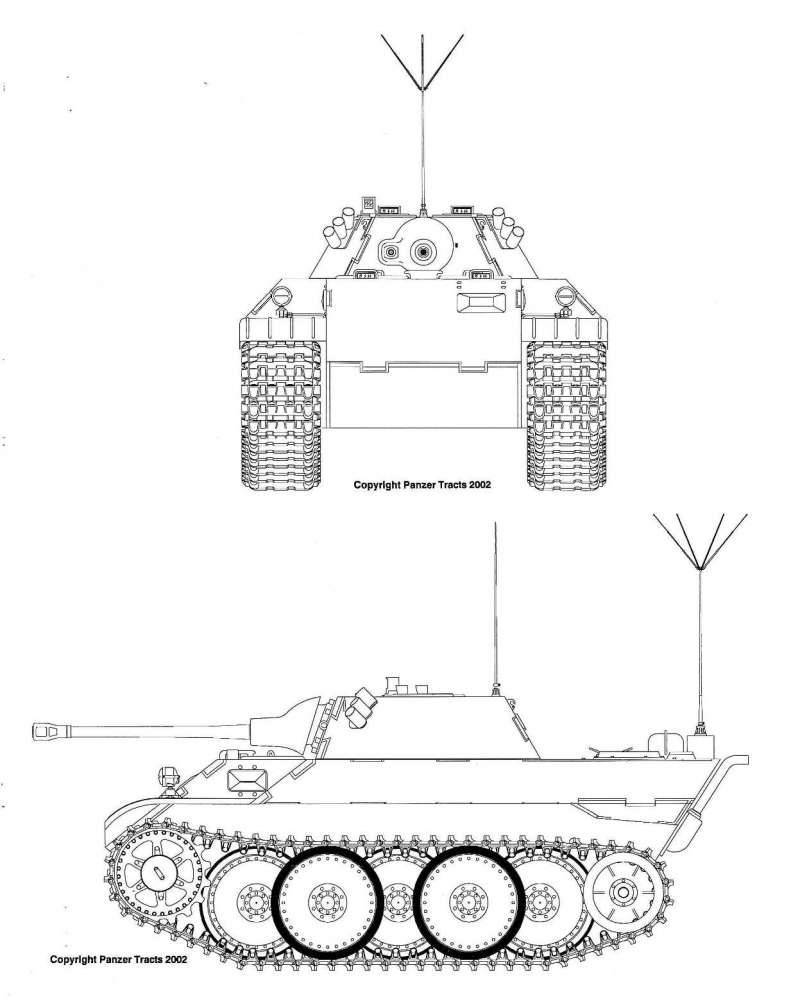
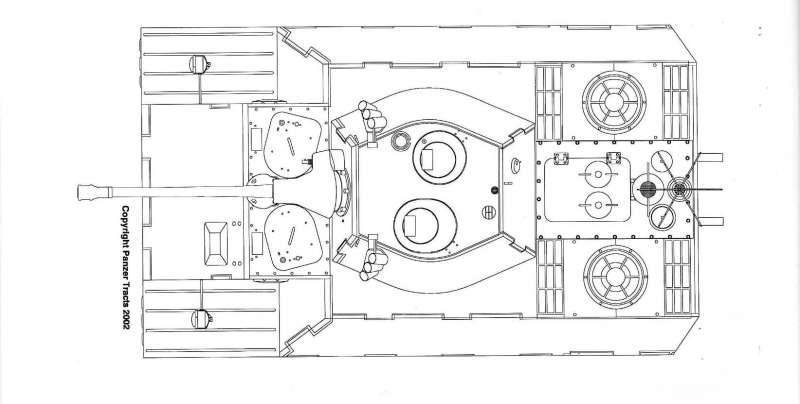
Information